Characteristics of Guatemalan Coffee Flavor in Guatemalan Coffee producing area of volcanic Geological soil & suggestion of brewing
Professional coffee knowledge exchange more coffee bean information please follow the coffee workshop (Wechat official account cafe_style)
Guatemala has tropical rain forests, volcanic soil and a changeable microclimate, bringing elegant and lively acidity, clean odor-free and layered coffee flavor to Guatemalan coffee beans. Qianjie Coffee recently collected several different Guatemalan coffee beans for evaluation and evaluation, in order to compare several coffee beans from Guatemala, understand the differences in each producing area, and suggest the database. Select the coffee beans that best reflect the flavor of the Guatemalan region on the shelves.
Geographic information
Located in the central location of North and South America, Guatemala is an important part of Central America. As a country with many volcanoes, Guatemala's producing areas have unique conditions for growing coffee. Volcanoes provide fertile soil and rich minerals, coupled with the dangerous country's numerous micro-climate, altitude and other superior natural conditions.
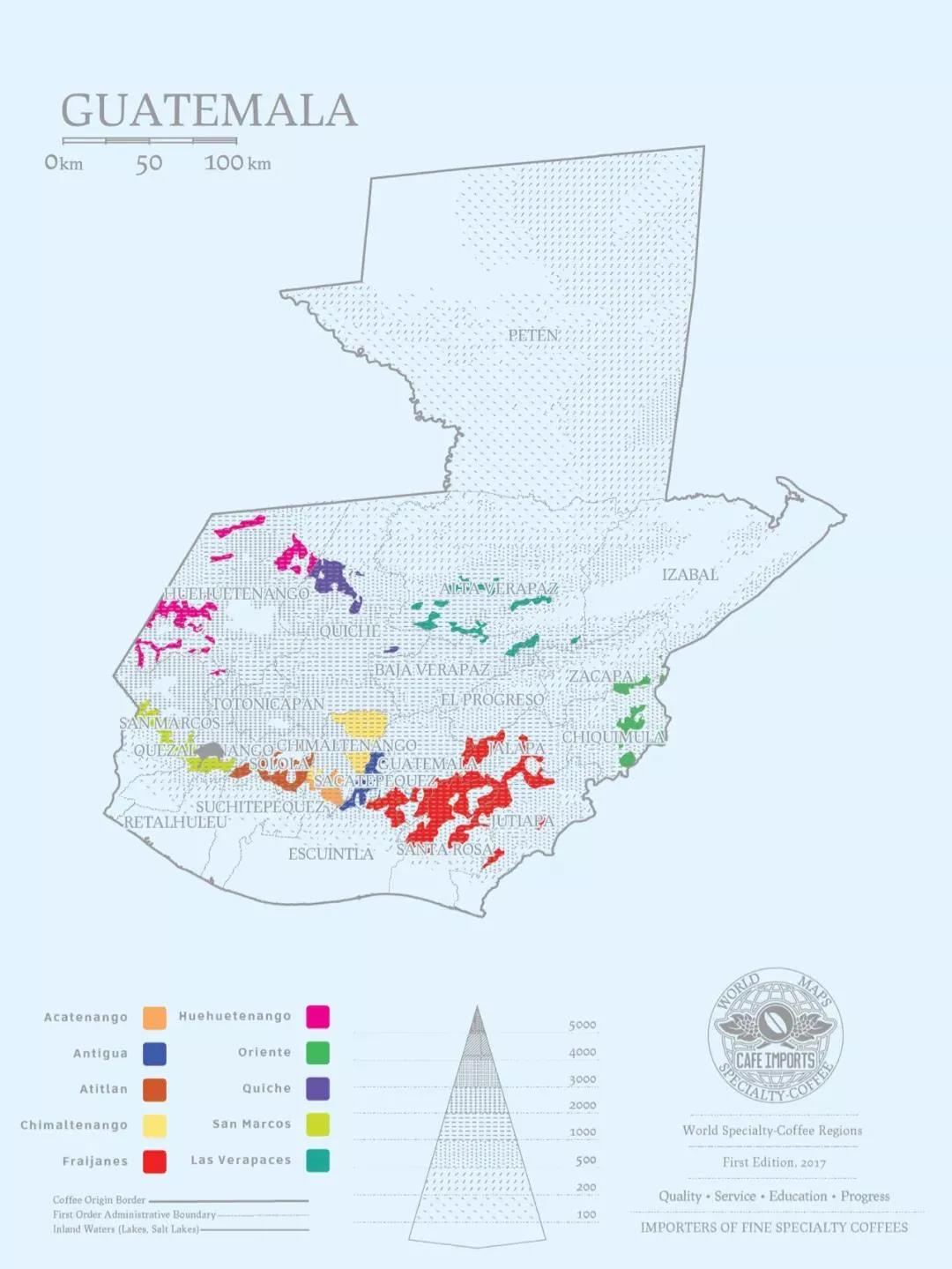
The average altitude of coffee cultivation in Guatemala is more than 1500m, and the high altitude makes it easy for Guatemala to grow very hard beans. Qianjie Coffee believes that coffee beans grown in Guatemala have elegant and lively acidity, clean, odorless and layered. The acidity of green apples, the aroma of berries, the aroma of jasmine, the sour smell of orange peel and the sweetness of chocolate are the main notes, with a unique smoky flavor in the finish.
Planting producing area
Guatemala has a total of eight major producing areas, divided into five volcanic producing areas and three non-volcanic producing areas. Non-volcanic areas include: Vetnango, Koban, and New Oriental. Volcanic areas include: Attland, Antigua, Ekat Nango Valley, Saint Marco and the Fahanla Plateau.
Vivette Nanguo: the producing area is located in the highlands of northwestern Guatemala and is planted at an altitude of 1800-2100 meters. It is the highest coffee-producing area in the country and is famous for producing high-quality beans. Due to the large number of rivers and lakes in Guatemala, rich mountains and water resources in Vivete Nanguo region, dry climate but abundant water resources, and complete water conservancy facilities in this area, coffee is mostly washed and processed, and the harvest period is from January to April.
Koban: the Koban rainforest region is significantly different from other coffee producing areas in Guatemala, with year-round clouds, abundant rainfall and a cool climate, and the local soil is composed of calcareous and clay. Under the influence of the Atlantic basin and the northward jungle tropical climate, most of the coffee in this area is grown on obviously slow hilly land. The characteristics of coffee in this area are obviously different from those in other producing areas of the country. The beans are full with distinct and subtle acidity, with a hint of wine aroma. The altitude is 1300-1500m, and the harvest period is from December to March of the following year.
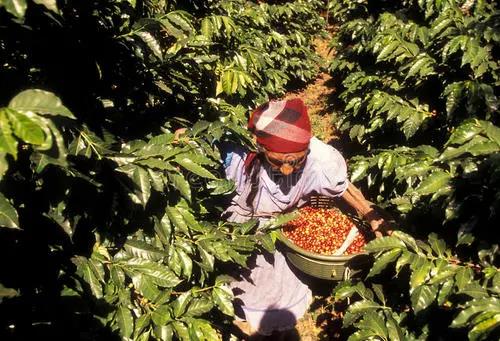
New Oriental: Rain Water Fengpei has been under the shadow of clouds for many years, and the New Oriental language Koban is similar in climate, only with a small difference. It used to be a volcanic area, and the soil contained metamorphic rocks. The minerals in the soil are balanced by a large amount of metamorphic rock. The cultivation of coffee is also quite different from the general volcanic areas of Guatemala. New Oriental coffee grows in volcanic soil, but there is no volcanic activity during the growth period. New Oriental is the newest coffee producing area in Guatemala, characterized by aroma, obvious acidity and good texture. The planting height in this area is 1300-1700 meters, the soil is metamorphic rock and clay, and the harvest period is from December to March of the following year.
Atilan: one of the four major volcanic coffee zones in Guatemala. The soil of Attland is the most fertile of all organic matter. 90% of the coffee is grown along extremely steep slopes all the way to Lake Attilan, the largest and most famous of Guatemala's many volcanic lakes. The coffee in this area is fragrant and intoxicating, sweet in sour taste and full of beans. The planting height is 1500-1700 meters, and the harvest period is from December to March of the following year.
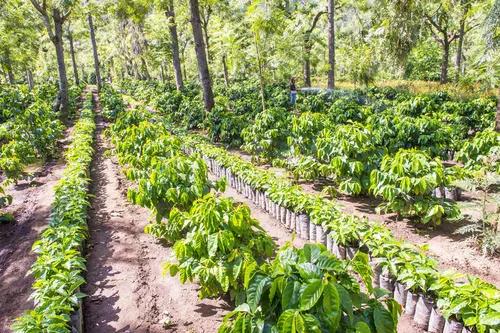
Alcatel Nanguo: located on the west side of Antigua, the highest elevation is 2000m, and the winter temperature is low. Fortunately, the hillside facing the Pacific Ocean welcomes a warm sea breeze, which does not defrost and bring plenty of moisture. The flavor of coffee in the transformed area is similar to that of Antigua, and the fruit acid is slightly lower, which is the biggest difference between this area and Antigua.
San Marco: this area is the warmest coffee producing area in the country. The rainfall in this area is abundant, the rainy season is the densest and the flowering period is the earliest. The rainy season is at its best from June to September, even with torrential rains, with annual rainfall as high as 197 inches in some areas. The coffee in this area has an obvious sour taste, full of beans, with a clear, faint aroma of flowers. The planting height in this area is 1400-1800 meters, and the harvest period is from December to March of the following year.
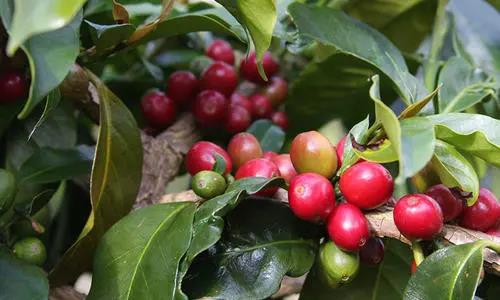
Fahanla Plateau: the volcanic altitude in this area is quite high, the soil is rich in pumice, and the Fahanla Plateau is still an active volcanic area, so the coffee in this area is quite similar to that of Antigua. However, Rain Water's abundant, high and varied humidity, and large temperature difference give the Fahanla Plateau a very different flavor. The coffee from the Fahanla Plateau has a rather elegant aroma, a mild and mellow overall texture, and a special and pleasant acidity. The planting height in this area is 1400-1.800 meters, the soil is volcanic pumice soil, the climate is plateau climate, and the harvest period is from December to February of the following year.
Coffee variety
Guatemala mainly grows bourbon, iron pickup, Kaddura and Kaduai.
Bourbon: it's a natural variant of the iron pickup. The coffee fruit appears wine red when it is ripe, and the body of the coffee bean is round. Planted in bourbon at high altitude, it usually has a better aroma and bright acidity, and tastes like red wine.
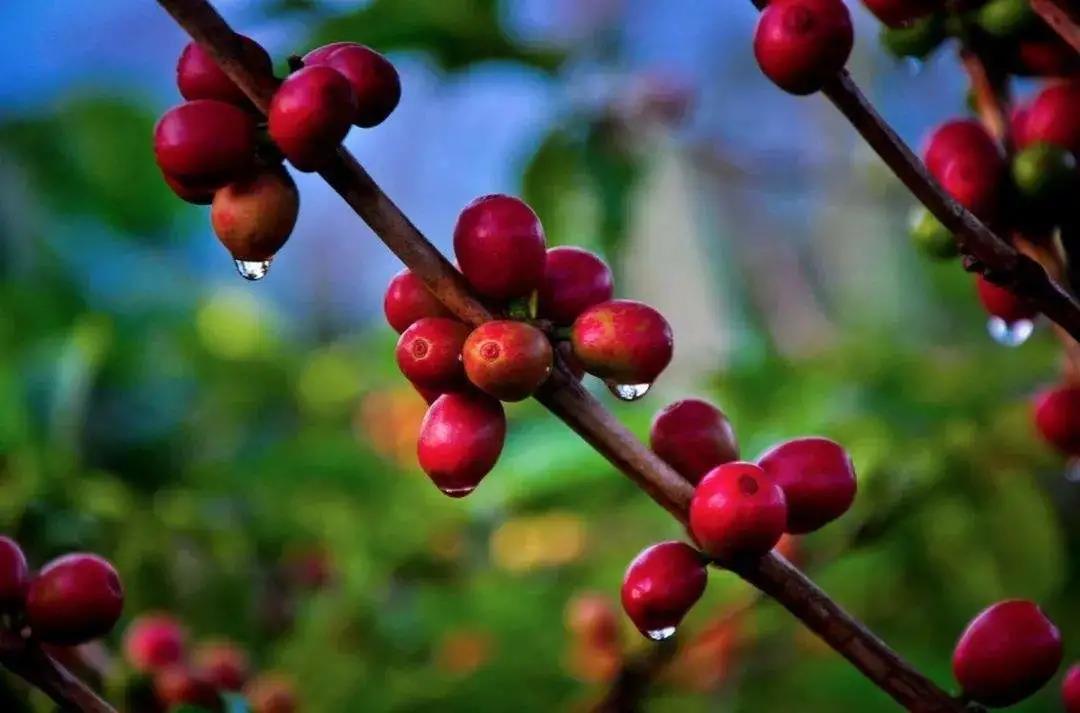
Iron pickup: iron pickup has excellent taste and is recognized as a boutique coffee variety, but its output is extremely low and vulnerable to rust, which requires more manpower management. Tieka Coffee, native to Ethiopia and southeastern Sudan, is the most widely cultivated variety of coffee in the Western Hemisphere. The plant is strong, but it is not resistant to light. The top leaf of the iron pickup is red and copper, which is called Tongding coffee.
Kaddura: a natural variety of bourbon, it was discovered in Brazil in 1937. Its tree is not as tall as bourbon and smaller. Due to inheriting the blood of bourbon, the disease resistance is relatively weak, but the yield is higher than that of bourbon. Although found in Brazil, Kaddura is not suitable for growing in Brazil, so it is not planted on a large scale in Brazil, but is popular in Central and South America, such as Colombia, Costa Rica and Nicaragua. Kaddura is planted on a large scale.
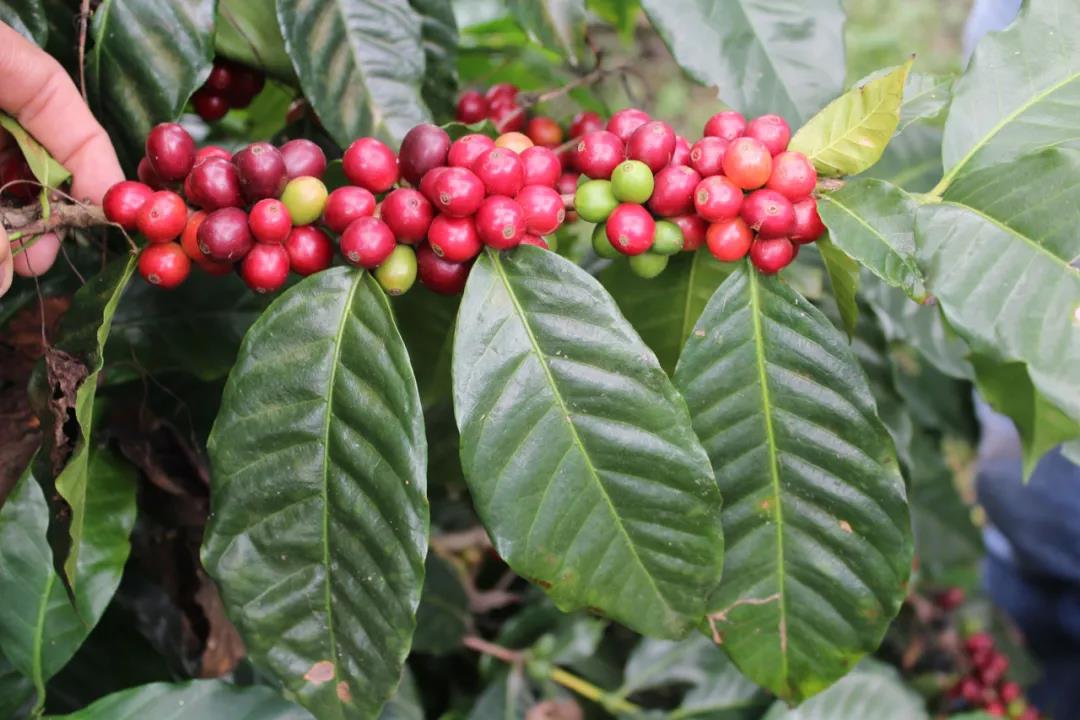
Kaduai: coffee variety artificially crossed by Kaddura and New World (Mondu Novo). Kaduai inherits Kaddura's small trees, which do not need shade, are easy to grow and easy to pick. It also has a better ability to resist natural disasters than the New World. It has a good acidity in flavor. Kaduai generally presents two types of red fruit and yellow fruit.
Coffee processing method
Guatemalan coffee beans are mainly treated by washing.
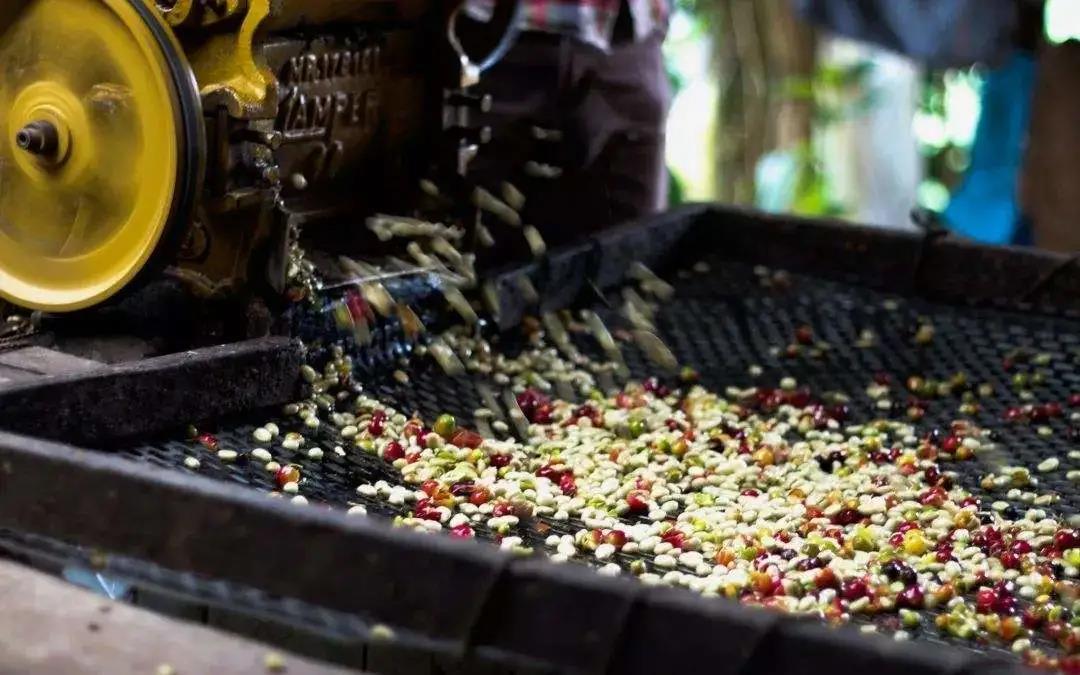
The steps of washing treatment are as follows:
1. The impurities in coffee fruit were screened and removed.
2. Remove the pulp and exocarp of coffee.
3. Put it into the fermentation tank and ferment for 18-36 hours to remove the pectin layer on the inner pericarp.
4. clean it and then dry it.
Qianjie through a cup test to compare several Guatemalan coffee beans, the flower god from Antigua can best reflect the flavor of the Guatemalan region.
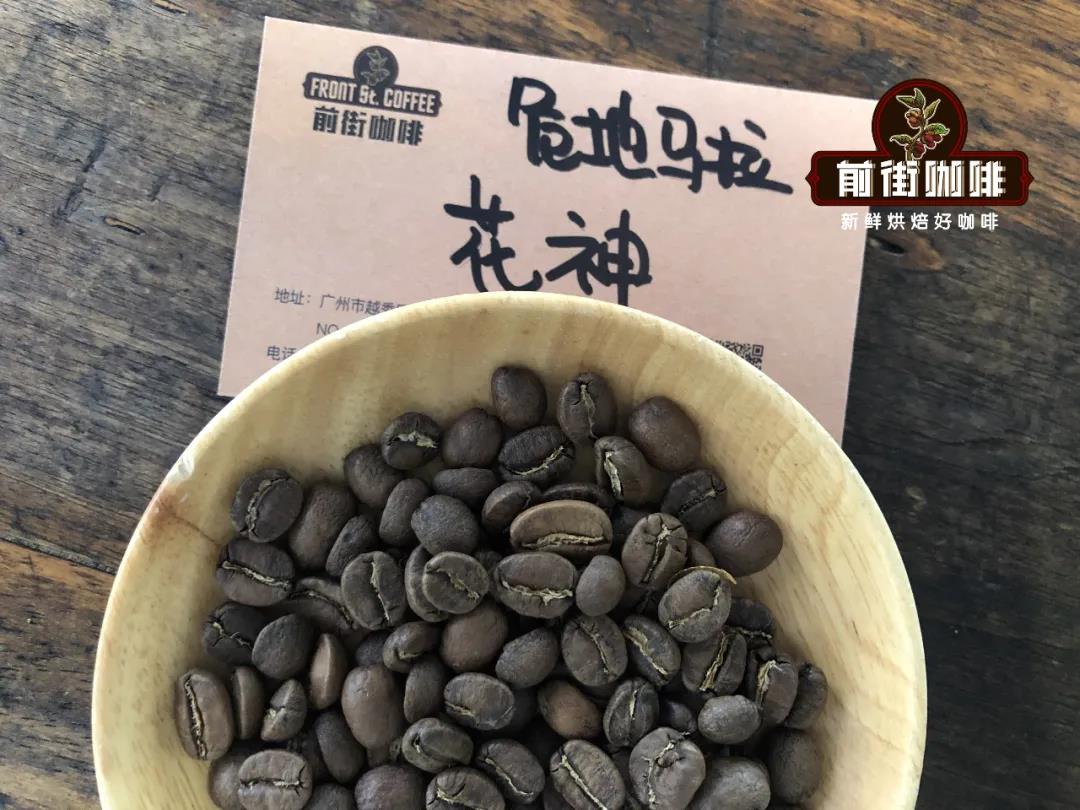
Producing area: Antigua producing area
Altitude: 1200-1600m
Varieties: bourbon, Kaddura
Treatment method: washing treatment
Grade: SHB
Qianjie baking suggestion
The coffee varieties purchased from Qianjie Coffee are bourbon and Kaddura. Bourbon is a natural variety of iron pickup, juxtaposed with iron pickup as an ancient variety of good quality, beans are slightly smaller and round than tin pickup. Kaddura is a natural variety of bourbon with fresh lemon and citrus acidity on the palate and slightly less sweetness than iron pickup and bourbon. The Qianjie baker decided to bake this coffee bean with medium and shallow.
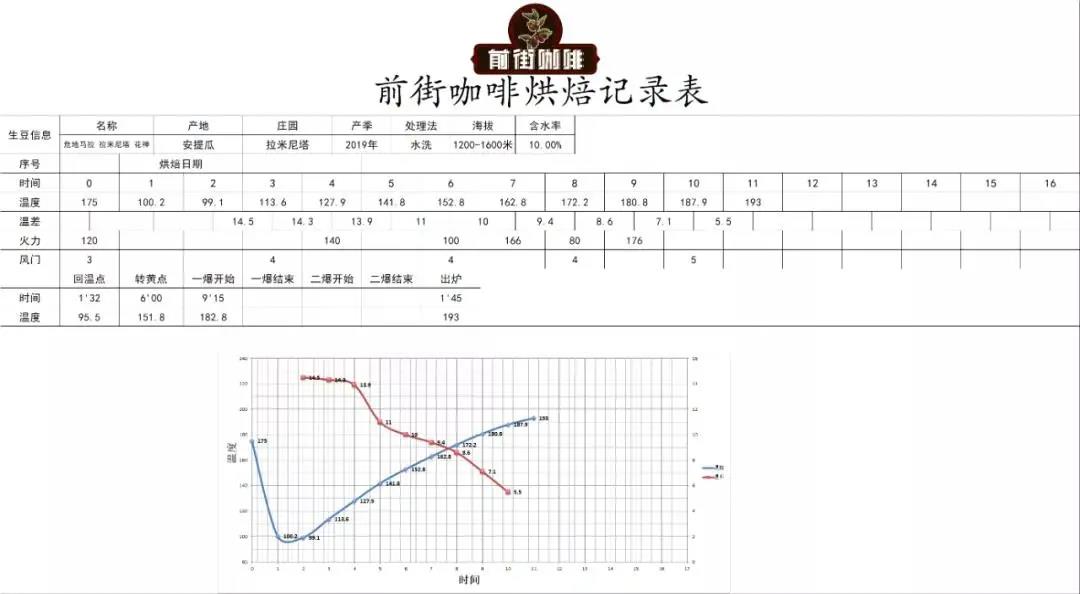
Qianjie Cup test report
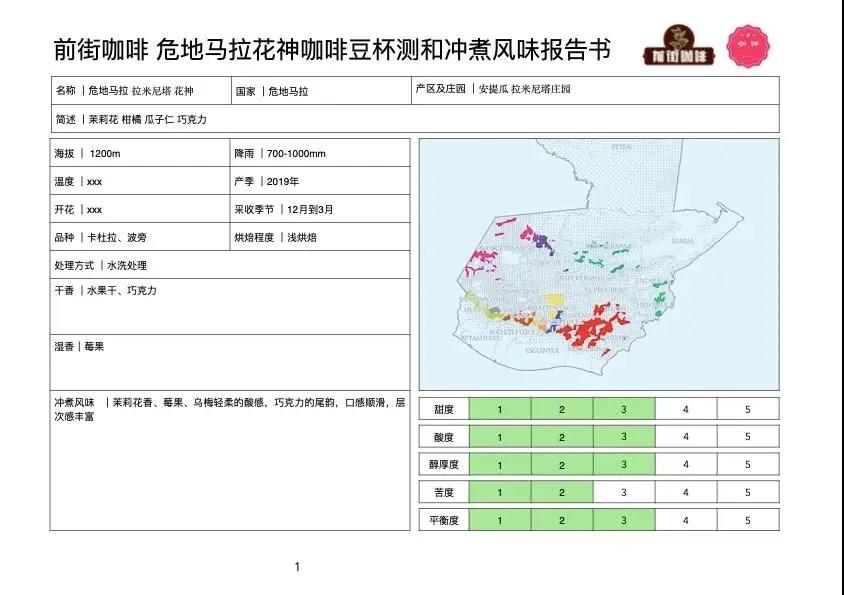
Qianjie cooking scheme
Filter cup: Hario V60
Water temperature: 90-91 degrees
Degree of grinding: fine sugar size / 20 sieve bowl sieve powder to 80%
Ratio of powder to water: 1:15
Amount of powder: 15g
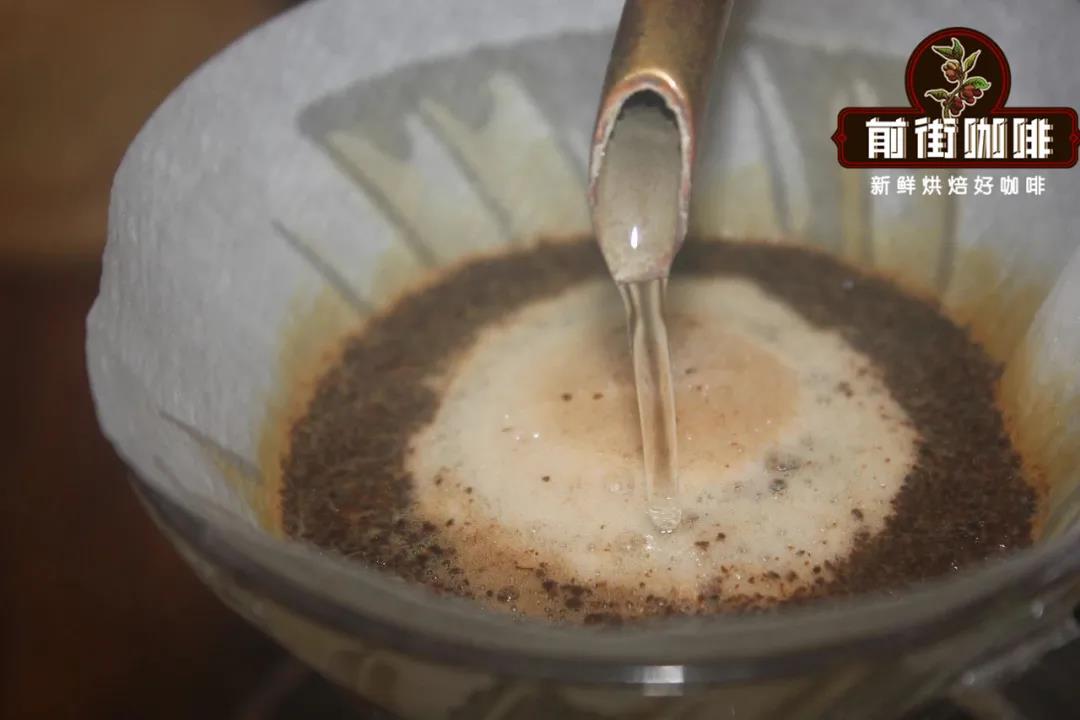
Qianjie coffee is extracted by stages, that is, three-stage water injection, 30 grams of water stuffy steam for 30 seconds, the second small flow circle water injection to 125 grams of water cut off, waiting for the water to drop and then slowly water injection, the speed is uniform, the water level should not be too high, the water injection should be stopped at 225 grams again, and the extraction time is 2 minutes and 03 seconds (including steaming time).
Cooking flavor: sour berries, citrus, light chocolate, rich layers, smooth taste.
For more boutique coffee beans, please add private Qianjie coffee on Wechat. WeChat account: kaixinguoguo0925
Important Notice :
前街咖啡 FrontStreet Coffee has moved to new addredd:
FrontStreet Coffee Address: 315,Donghua East Road,GuangZhou
Tel:020 38364473
- Prev
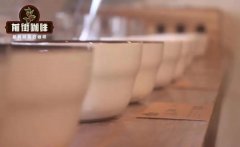
Brewing flavor and taste characteristics of Nicaraguan coffee beans in Nicaraguan coffee producing area
Professional coffee knowledge exchange more coffee bean information Please pay attention to the coffee workshop (Wechat official account cafe_style) mention Niagara, can think of Niagara Falls, coffee is rarely mentioned. In fact, the growing conditions in Nicaragua are not inferior to those in Central American countries, and the coffee produced is characterized by a balanced taste. I bought three Nicaraguan models a while ago.
- Next
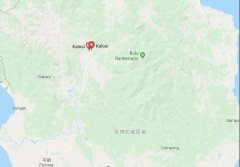
Rare and high-quality Indonesian coffee with floral scent the flavor of Indonesia Sulawesi Tuoja coffee producing area
Professional coffee knowledge exchange more coffee bean information please follow the coffee workshop (Wechat official account cafe_style) Indonesian coffee with herbs, spices, mellow and low acid coffee flavor is loved by coffee glutton. Is this the flavor of all coffee beans grown in Indonesia? No, the coffee beans from Indonesia's Sulawesi Island are compared to the coffee produced in Sumatra, Indonesia.
Related
- Beginners will see the "Coffee pull flower" guide!
- What is the difference between ice blog purified milk and ordinary milk coffee?
- Why is the Philippines the largest producer of crops in Liberia?
- For coffee extraction, should the fine powder be retained?
- How does extracted espresso fill pressed powder? How much strength does it take to press the powder?
- How to make jasmine cold extract coffee? Is the jasmine + latte good?
- Will this little toy really make the coffee taste better? How does Lily Drip affect coffee extraction?
- Will the action of slapping the filter cup also affect coffee extraction?
- What's the difference between powder-to-water ratio and powder-to-liquid ratio?
- What is the Ethiopian local species? What does it have to do with Heirloom native species?

